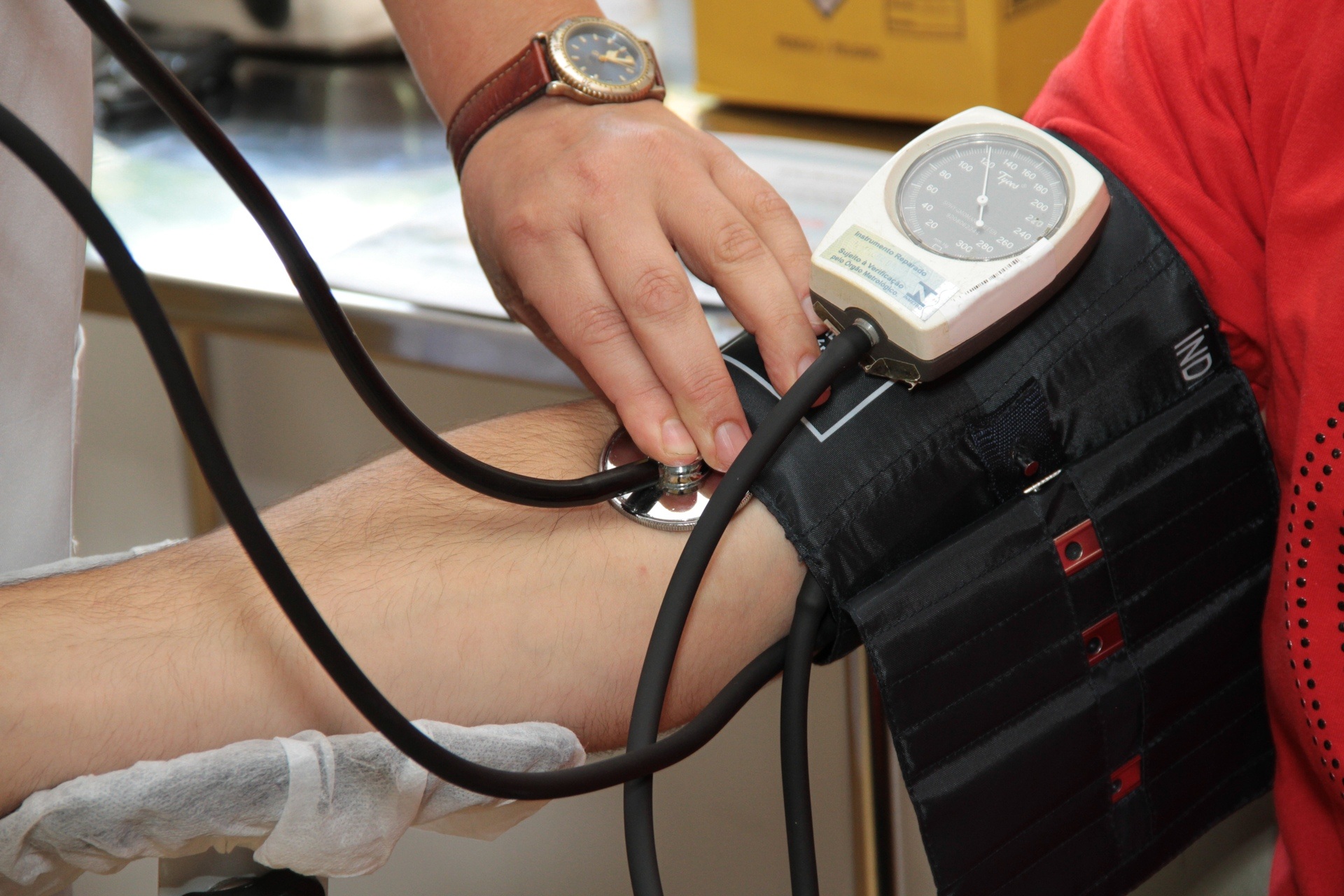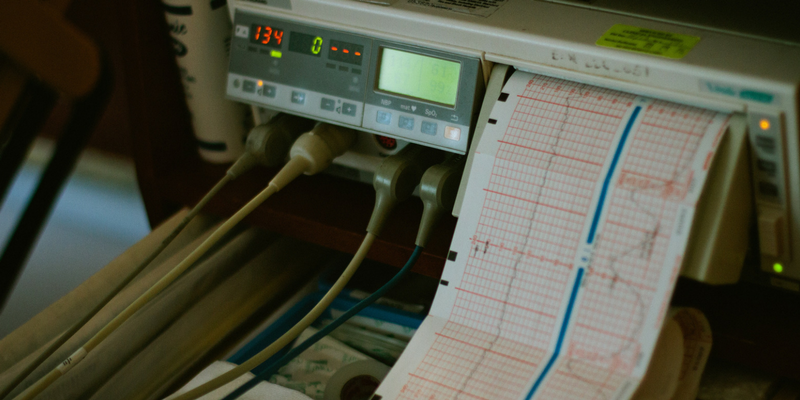The Moratorium on Medicine : What It Actually Is

Afterschool Team
June 23, 2017
Any aspiring doctors out there will be able to sleep soundly, for tonight at the very least, as Datuk Seri Dr S.Subramaniam has recently announced that the Malaysian Health Ministry has no plans in reducing the quota allowed for each medical school. The existing moratorium was first implemented in May 2011 and has been extended twice due to the superfluous number of medical graduates, which according to most statistics, is on the verge of bursting. Hence, the current moratorium will be expiring on April 30, 2021.
His comments however, contradicts the statement of the newly elected president of Malaysian Medical Association (MMA), Dr Ravindran R. Naidu. Dr Ravindran, who feels the existing moratorium was not sufficient in extraditing the problem at hand, putting the blame squarely on past mistakes of approving an excess number of medical colleges without even having the adequate facilities to aid them in plying their trade upon completion.
With the two seemingly at loggerheads, who then is to be believed? While comments and opinions can only be chastised purely on a subjective level, taking a gander at the statistics would indefinitely leave one with a clearer picture amidst the foggy air that clouds around the entire fiasco.
However, is the moratorium alone enough to help Malaysia reach their target of having a 1:400 patient to doctor ratio, while maintaining that those in the 400 bracket are world class medical practitioners? Or has there been an oversight and are we not looking at the bigger picture?
The first thing we need to determine when trying to eradicate a cancerous issue is by tracing back its primary lesion, and then determining just how far the disease has metastasised. Only then we can truly excavate the disease from every recurring in the body.
Tracing our steps all the way back to 2011, the patient to doctor ratio then was said to be 1:1000, a figure quoted by former Higher Education Minister, Datuk Seri Mohamed Khaled Nordin. The seeds that gave root to the problem were already there for all to see, with lackadaisical and inadequate graduates from unknown institutions becoming all too common, forcing the Ministry’s hand in clamping down on the issue. A five-year suspension was imposed to prohibit the launch of new medical programmes in the country while allowing existing medical schools to focus more on quality. In an article by University World News, Nordin said that the goal was simple enough, which is, to achieve a patient to doctor ratio of 1:600 by 2015 and 1:400 by 2020.
The drastic step was supported by many quarters and deemed short-sighted by a minority. As the debates and squabbles raged on, the numbers involved in the whole debacle slowly made their way to the public. In 2014, there were 8,157 medical students in public universities, 11,348 in private institutions and 539 pursuing their studies abroad. According to the Deputy Minister of Higher Education Datuk Mary Yap, the doctor patient ratio stood at 1:633.
The 1:600 target, which was set by Nordin was not met in 2015. Health director-general Datuk Dr Noor Hisham Abdullah highlighted a glaring error, in the moratorium that was imposed for the past five years. The moratorium has not stopped the intake of more students because existing schools came up with new programmes and increased recruitments at 32 local institutions, and more than 360 medical programmes at overseas.
While the ratio was narrowing and the numbers slowly dwindled down in the right direction, it was deemed not fast enough. In lieu of the numbers that fell short of the 2015 target, the moratorium was extended on May 1, 2016 for five more years. Former MMA president, Ashok Zachariah Phillip, hopes that there would not be any new programmes by colleges, twinning partnerships as well as no increase in the number of students. He also claimed that the moratorium should be indefinite, and that any review of the process can only be done when the number of new doctors were below 3,000 for at least three consecutive years. As of 2017, there are 44 programmes in place locally and a whopping 335 accredited tertiary institutions overseas.
Behind the scenes, students were left in disarray. The waiting time for housemanship grew dramatically, from about three to six months, as the flurry of graduates were being churned out too rapidly from the numerous milling factories that sprouted up overseas. A MPHJ spokesman said that medical graduates of 2013 waited for an average of three months before starting housemanship, whereas graduates of 2016 have yet to be employed after eight months of waiting. These days, you would find no struggle in finding a friend who had to wait a full year before receiving his posting.
Despite the annual intake of housemen, which continues to oscillate with the only fixed number being the 5,000 annually quoted in some quarters. In 2015, there were 4140 graduates who took up housemen duty as compared to in 2014, which was 3,860 and 4,991 in 2013. The agonising time spent ambling around without a thing to do spread disenchantment among the fresh graduates.
The gloom was seemingly about to lift as the stranded were handed a lifeline by a suggestion from the Federation of Private Medical Practitioners’ Associations Malaysia, who asked the health ministry to allow newly-graduated doctors to work as doctors’ assistants. The idea however fell on deaf ears. One suggestion that were warmly accepted was by Armed Forces Chief General Tan Sri Zulkifeli Mohd Zin, who welcomed medical students to do their housemanship training programmes at three royal military hospitals. As of 2017, there are 10,835 housemen undergoing training in 44 hospitals and Royal Military Hospitals. According to the Deputy Health Minister Datuk Seri Dr Hilmi Yahaya there are plans to add Hospital Shah Alam and Hospital Langkawi to the list of training hospitals.
The final twist in the tale of course was not to be of course, with the announcement that there are no plans to reduce the quota allowed for each medical school. Looking at the number that is left in the wake of the implementation of the moratorium, one cannot deny that while the nation slowly closes in on the patient to doctor ratio that was set in stone, it is doing nothing to stymie the continuous flow of fresh graduates who are left to fend for themselves, with nowhere to look to. An inevitable glut is already present, and nothing different, bar the opening of three additional Royal Military Hospitals and the planned addition of two government hospitals, has been done in accordance with that very real fact.
At the current rate, at what cost will the country pay upon reaching the magical 1:400 mark? What else has to be done in addition to the moratorium and who are the ones responsible for implementing it? Join us for the next part of our series, as we dive deeper into the deeply frustrating issue here.








